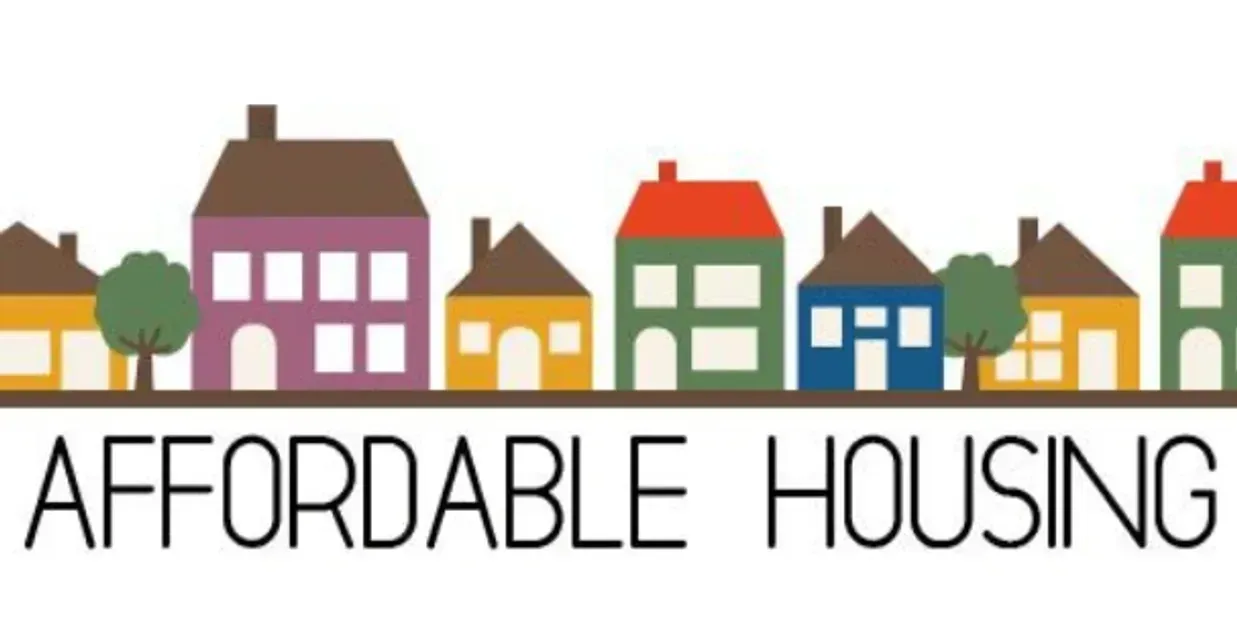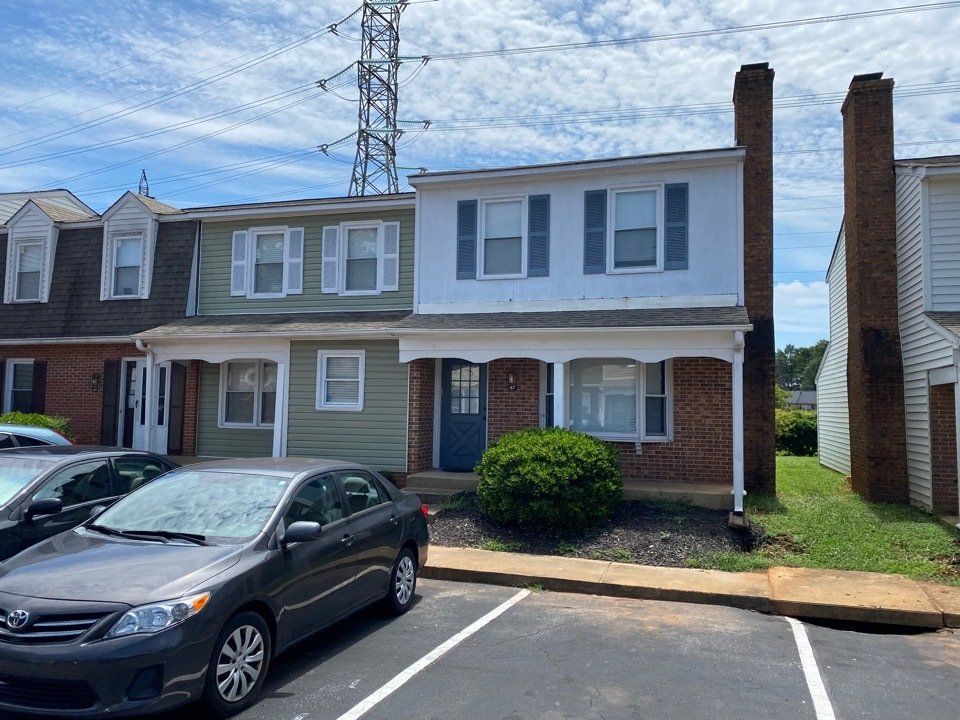BLOG
Affordable upstate
A lot of places are looking at how to handle the issue of teachers and housing, and South Carolina is not immune from this problem.

We hear a lot about educators leaving their profession, and that there is a looming teacher shortage across the country.
While we often hear about low pay and burnout being the major factors, there is another major issue. Lack of affordable housing. Many teachers are being priced out of the communities they work in. That leads to them leaving the profession or simply leaving a school system for another that has cheaper housing.
A lot of places are looking at how to handle this issue, and South Carolina is not immune from this problem.
As someone who works in affordable housing, here are some things I would like to see done in South Carolina to help get teachers closer to the schools they want to teach at.
1. Inventory and leverage publicly owned land
- Action: State education agencies (the South Carolina Department of Education) and each district should conduct a land-asset audit: identify under-utilized or surplus real estate (closed or under-used school sites, district offices, buffer parcels) that could be repurposed for educator housing.
- Why: California school districts own more than 75,000 acres of potential developable land, which they have used to help create affordable housing for educators.
- Tip: Prioritize sites near schools, transit, or community hubs to reinforce the “live-where-you-teach” ideal.
2. Create a dedicated educator‐housing financing stream
- Action: Establish a state or regional fund (via South Carolina infrastructure/housing finance mechanisms) that supports educator-housing developments (grants, low-interest loans, tax abatements).
- Why: These projects often require novel financing tools (certificates of participation, philanthropic partnerships) because conventional housing finance may not reach this niche.
- Tip: Structure incentives so that developers offer reduced rent/purchase terms to teachers for an initial period (for example: first three to five years) to ease the transition into community.
3. Require or encourage teacher‐eligibility occupancy clauses
- Action: For any housing development built via district or public‐private partnership, include an eligibility clause: “resident must be full- or part-time school district employee” for a defined initial term.
- Why: Many teacher housing programs require occupancy on being a district employee at move-in (so that housing serves the workforce, not just any renters).
- Tip: Consider “portable” eligibility: if a teacher leaves the district, allow them to stay for a grace period or convert to market rate rather than immediate displacement.
4. Integrate housing with teacher recruitment, retention and community engagement
- Action: Pair housing initiatives with professional-support programs such as mentoring and community orientation.
- Why: When teachers live locally, they build stronger relationships with students, families, community spaces, which can deepen trust and retention.
- Tip: Track outcomes: retention rate, commute time, community involvement, student outcomes. Use data to refine the strategy.
5. Facilitate modular / alternative housing models in smaller/rural districts
- Action: Recognize that in South Carolina many districts are rural or small; pilot alternative models: converted motels, tiny homes, clustered modular units, teacher home-buyer assistance in partnership with local housing authorities.
- Why: In Fort Stockton, a small, rural town in West Texas, the school district bought a motel in 2022 and converted it into teacher housing. In Arizona, the Chino Valley Unified School District built tiny homes for its teachers in 2023, renting them at $550 per month.
- Tip: For rural districts, consider partnering with regional housing authorities or developers to spread cost across multiple districts or share services.
6. Build cross-sector partnerships: housing, education, economic development
- Action: Establish an Educator Housing Task Force in each region (or at state level) bringing together: school district leadership, housing agencies (e.g., South Carolina State Housing Finance & Development Authority), city/county economic development, and local philanthropy/nonprofits.
- Why: The model works best when it’s not purely a school‐district project but a community/municipal housing initiative aligned with workforce/education.
- Tip: Use the task force to identify funding gaps, align zoning/regulatory incentives (expedited permitting, density bonuses), and community outreach.
Educators are the bedrock of our communities and our future workforce. If South Carolina is to attract and retain high-quality teachers, especially in growth corridors, underserved rural areas, and high-need schools, then we must consider housing as part of the solution.
Building or repurposing housing for teachers isn’t just a “nice‐to‐have, it’s a strategic lever to strengthen schools, stabilize communities, and reinforce the bond between educators and the places they serve.
By proactively aligning housing policy, school district workforce strategy, and public-private partnerships, South Carolina has an opportunity to be ahead of the curve. Let’s commit to ensuring that teachers can not only work in our communities, but live there, engage there, and be part of their neighborhoods.





